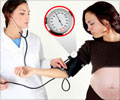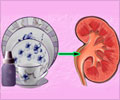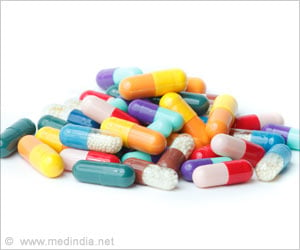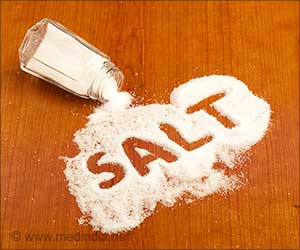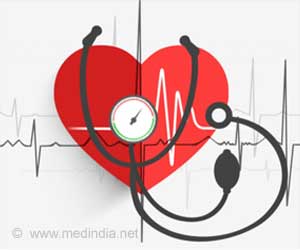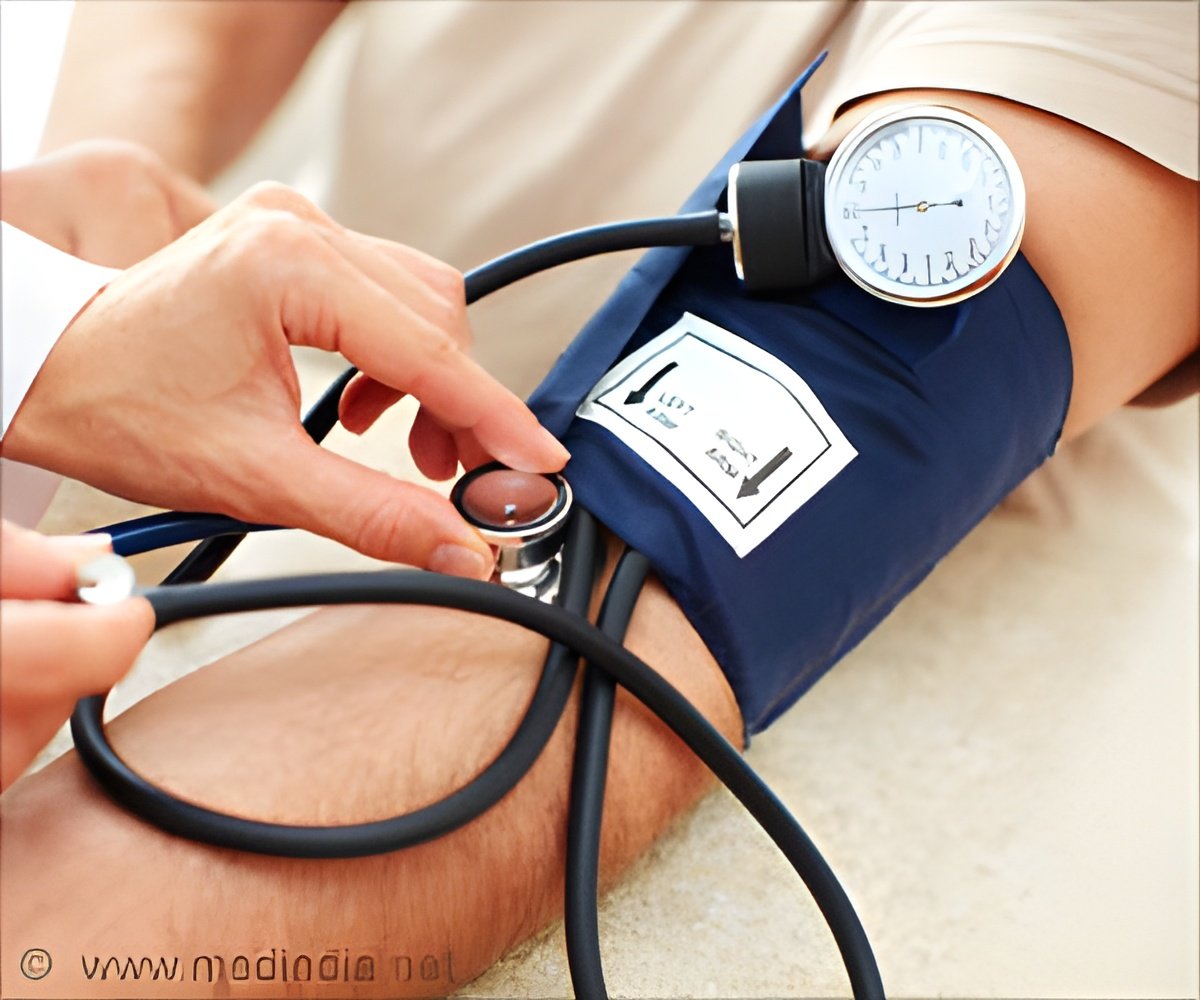
‘Individuals with hypertension are estimated to face nearly $2000 higher annual healthcare expenditure compared with their non-hypertensive peers. This calls for effort toward hypertension prevention and management.’
Tweet it Now
It is important to note that this twelve-year study was done using previous hypertension guidelines - which defined high blood pressure as 140/90 mm Hg or higher. In 2017, the American Heart Association and the American College of Cardiology lowered the definition of high blood pressure to 130/80 mm Hg or higher. "The new lower definition of high blood pressure will increase the number of adults in the hypertensive population," said study lead author Elizabeth B. Kirkland, M.D., M.S.C.R., an assistant professor of internal medicine at the Medical University of South Carolina in Charleston. "This may decrease the average cost of hypertension for individual patients while increasing the overall societal costs of hypertension."
For this study, researchers used 2003-2014 Medical Expenditure Panel Survey (MEPS) data that included 224,920 adults, of whom 36.9 percent had high blood pressure, to measure trends and calculate estimated annual healthcare costs. Researchers adjusted for other medical reasons, such as a history of stroke or diabetes, that would contribute to their medical expenses.
Compared to patients without high blood pressure, those with high blood pressure had:
- 2.5 times the inpatient costs;
- almost double the outpatient costs; and
- nearly triple the prescription medication expenditures.
Although expenditures were higher for inpatient and outpatient care, over the course of the study period, the researchers observed a shift toward more cost in the outpatient setting than the inpatient setting, which may reflect a larger societal trend to try to bring care out of the hospital system and into locations that are more accessible to most patients, Kirkland said.
Advertisement
The complete study is published in the Journal of the American Heart Association.
Advertisement



